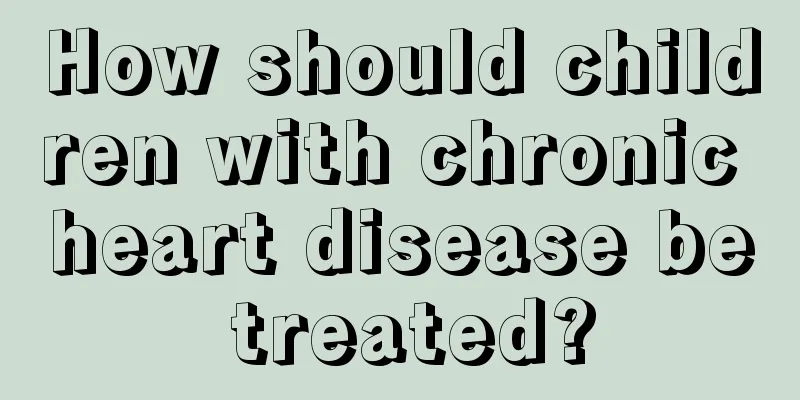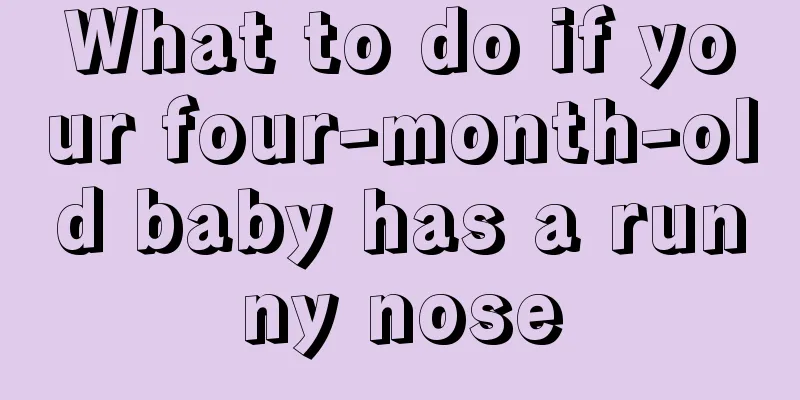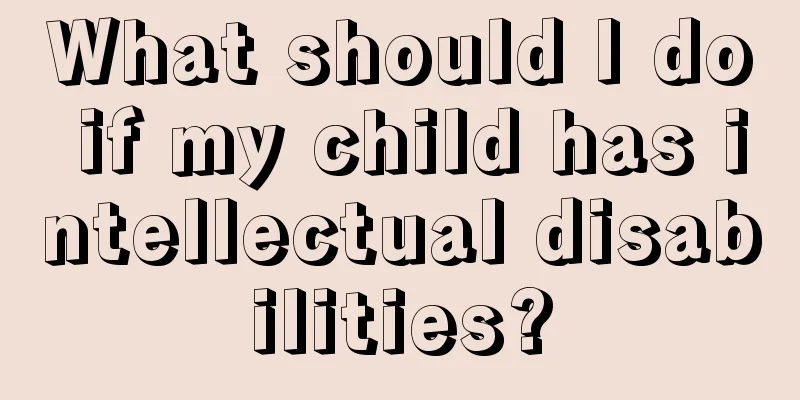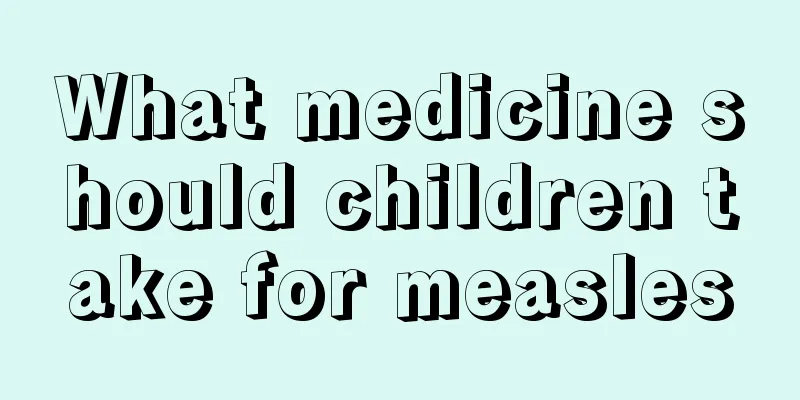How many deciduous teeth should be replaced?

|
Children usually start to change their teeth at around 6 years old. Many children will experience some discomfort when changing their teeth. Sometimes they will find that the new teeth have already grown out, but the old teeth are still difficult to fall out. Some children will find that their teeth are tilted when changing their teeth. Therefore, you should be careful when replacing your teeth. Let us now understand how many decayed teeth need to be replaced and some precautions when replacing teeth. A person has two sets of teeth in his life, namely 20 deciduous teeth and 32 permanent teeth. The deciduous teeth start to erupt at 4 to 6 months old, and usually all the deciduous teeth are out at the age of 2 or 5. Then the permanent teeth start to erupt at around 6 years old. The first one is the first molar, called the sixth-year molar, which grows after the second deciduous molar. Starting from 7 to 8 years old, the deciduous teeth fall out one by one in the order of eruption and are replaced by permanent teeth. The second molar erupts at around 12 years old. The third molar, which is what we call wisdom tooth, erupts after 18 years old, but some people never have this tooth throughout their lives. So, according to this calculation, 20 teeth need to be replaced between the ages of 6 and 12. There are 32 permanent teeth because some people have fewer permanent teeth. I don't know if I have explained it clearly. I would like to remind you that some children may experience teething reactions such as low fever, drooling, restless sleep, and irritability during teething. You should pay attention to keeping your mouth clean at ordinary times, especially avoid eating candy at night as it can easily cause tooth decay and affect the normal development of teeth. Also, there will be a temporary cavity where the tooth fell out, and children like to lick it with their tongues, which will slow down the tooth eruption and make the teeth more likely to grow crooked. Care methods Nutrition and diet for teething babies As children grow older, they should eat more chewy foods such as jellyfish, peanuts, sugar cane, spiced beans, etc. to maintain a good stimulation effect on the deciduous teeth and promote the shedding of deciduous teeth on time. When the child is about 10 years old, the front incisors and back molars have erupted, and parents can add some celery stalks, corn, apples and other foods to them to ensure a smooth tooth replacement and give the child a healthy and neat permanent tooth. When a child is in the period of tooth replacement, it is best to encourage him to develop good oral hygiene habits. He should brush his teeth on time every morning and evening. He can also eat some calcium-rich foods appropriately, which will be beneficial for the growth of teeth. Once you find that the teeth are tilted or otherwise abnormal, it is best to take the child to the dentist for examination in time. |
<<: Can you still grow taller after development?
>>: How to eat chicken liver for babies?
Recommend
Children's development indicators
There should be different indicators for early ch...
Precautions for baby swimming in summer
As the weather continues to get hotter, many pare...
What is the best age for children to learn roller skating?
Roller skating can be said to be one of the more ...
Causes of autism in children
Children are the flowers of the motherland and th...
Can neonatal encephalitis be cured?
Encephalitis is generally caused by viral infecti...
What to do if your child is frequently constipated
In fact, we know that once a child is constipated...
How should I care for my baby with bronchitis at home?
Newborn babies have very weak resistance and immu...
What can’t babies eat when they have diarrhea? Stop eating these foods.
If your baby has symptoms of diarrhea, on the one...
What should I do if my baby doesn't sleep at night?
Female friends who have just become mothers will ...
Is hand tremor in teenagers due to calcium deficiency?
Hand tremors in adolescents are not necessarily c...
Is there a difference between milk spitting up and milk leakage?
Spitting up milk and spitting up milk are the sam...
What should I do if my baby has food poisoning? These dietary therapies are very effective
If your baby has an indigestion problem, the best...
Suppressing precocious puberty
Nowadays, many foods and animals are fed with var...
What should I do if my baby has a high fever of 40 degrees?
Fever is a common symptom of illness in babies. B...
How to reduce the fever of a child?
Summer and autumn are the seasons when people are...









